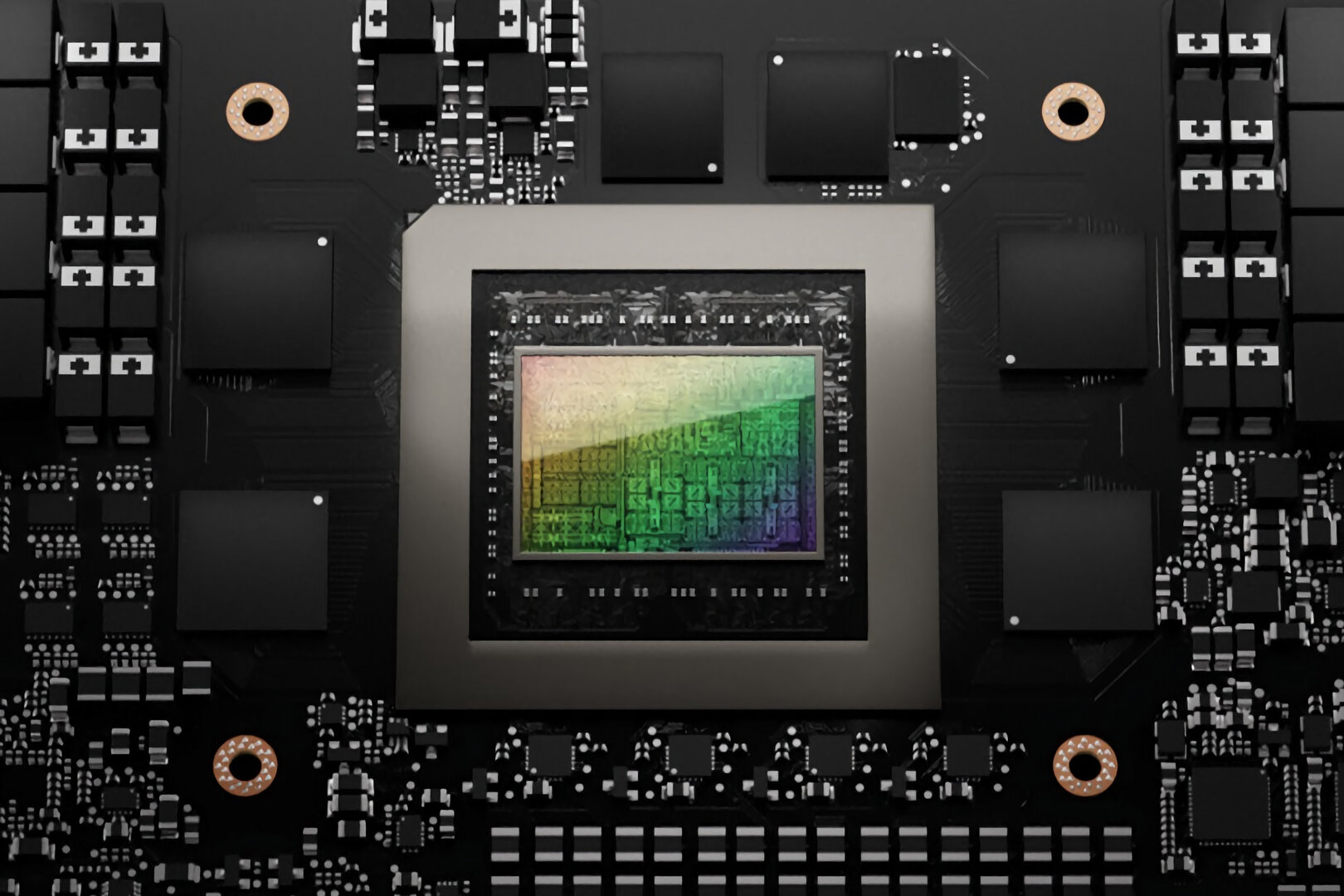The Drive Atlan platform presented a year and a half ago is already history at Nvidia and is being replaced by Drive Thor with a performance of 2,000 TFLOPS. However, it should be ready for use in 2025 in the same year. Thor is a central computer with functions for autonomous driving, monitoring, infotainment and more.
With the announcement of Drive Thor, Nvidia caused a bigger surprise for the autumn edition of the GTC. Drive Atlan from the GTC in spring 2021 is already history, so that the current Drive Orin platform will receive a new successor that will do more, but will not be launched later. Nvidia predicts that automakers will be able to use Drive Thor on their 2025 models.
Drive Atlan was a 1000 TOPS SoC
Drive Atlan was a System-on-a-Chop (SoC) with up to 1,000 TOPS (INT8), which consisted, among other things, of a Hopper GPU, which at that time still ran under the name Ampere-Next, a Grace Next CPU , a BlueField DPU, accelerators for deep learning and vision, and other functional blocks. In the further course of the in-house exhibition, it became known that Drive Atlan should deliver twice the power per watt compared to the current Drive Orin platform.
Hopper + Hopper-Next + Grace
For Drive Thor, Nvidia now calls three times the performance per watt in relation to Drive Orin. Drive Thor is also an integrated SoC that carries a Hopper GPU, an even newer generation GPU aka Hopper-Next and a Grace CPU with Arm cores. The fact that Drive Atlan still talks about a Grace Next CPU and recently only a Grace CPU without “Next” on the presentation slides does not mean that the ARM CPU is a generation older. Nvidia counts Drive Thor's CPU in the same product family and has simply saved the “next”. What distinguishes the Grace CPU on Drive Thor from the Grace CPU superchip, Nvidia did not want to disclose yet, because Arm has not yet announced the IP. The Grace CPU Superchip uses the new Neoverse V2 cores, so the third generation aka “V-Next” will probably already be used on Drive Thor. According to Nvidia, Drive Thor uses upgraded Arm Poseidon AE cores, with Poseidon being the codename of V-Next, while the Neoverse V2 ran under “Demeter” and the first generation was called “Zeus” internally. “AE” stands for “Automotive Enhanced” and thus the automotive segment.
 Thor SoC with 77 billion transistors (Image: Nvidia)
Thor SoC with 77 billion transistors (Image: Nvidia)2,000 TFLOPS with FP8 instead of INT8
Nvidia specifies the performance as 2,000 TFLOPS for FP8. At first glance, this is double the 1,000 TOPS of Drive Atlan and an eightfold increase compared to Drive Orin with 254 TOPS, but so far Nvidia has always gone from Tera Operations Per Second (TOPS) with INT8 instead of Tera Floating Point Operations Per Second (TFLOPS ) with FP8 the speech. According to Nvidia, developers have previously lost accuracy when switching from FP32 to INT8 in the neural network, but this is not the case with FP8. Arm, Intel and Nvidia are currently working on extending the structure of floating-point numbers defined in the IEEE 754 standard to include FP8. The FP8 format can be E5M2 with five bits for the exponent and two bits for the mantissa and E4M3 with four bits for the exponent and three bits for the mantissa.
Transformer Engine in Tensor Cores
Drive Thor also includes the so-called Transformer Engine from Hopper's Tensor Cores for the first time. Transformers have recently become the dominant component of neural networks. They owe this breakthrough to their ability – unlike older recurrent neural networks – to process sequential data in parallel instead of sequentially, which enables the training of huge models in comparatively short periods of time. The inferencing performance of this deep learning architecture in particular can be increased by up to a factor of 9 compared to Ampere.
One chip for three operating systems
Drive Thor aims to massively reduce the number of control units required in the car and combine them in a central computer. In addition to assisted and automated driving, the SoC is suitable for digital instrument clusters, monitoring of the driver and other people in the car, and playback of the infotainment system and rear-seat entertainment. Drive Thor is compatible with Linux, QNX and Android operating systems. The individual functions can be executed separately on the hardware using multi-domain computing (MIG, multi-instance GPU). By bundling multiple functions on one SoC instead of multiple dedicated ECUs, Nvidia promises automakers less development effort, streamlined supply chains, reduced costs, lower weight, and fewer cables.
Geely brand Zeekr relies on Drive Thor
Nvidia names 77 billion transistors in the version with 2,000 TFLOPS for the Drive Thor SoC. Customers of the platform can assign the power to the various areas of application according to their wishes and can also connect several Drive Thors via NVLink-C2C. The Chinese premium car brand Zeekr, owned by Geely, plans to offer Drive Thor in the first vehicles at the beginning of 2025. Current Drive Orin customers should be able to easily switch to Drive Thor for future new vehicles.
ComputerBase received information about this article from Nvidia under the NDA. The only requirement was the earliest possible publication date.